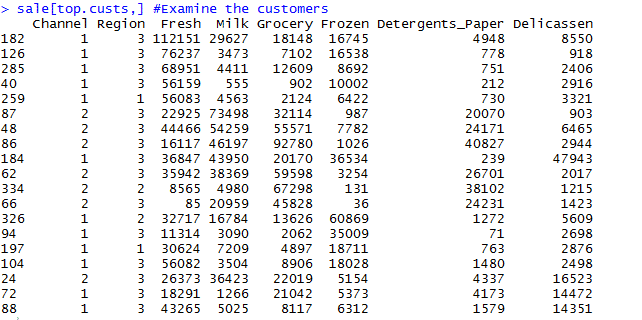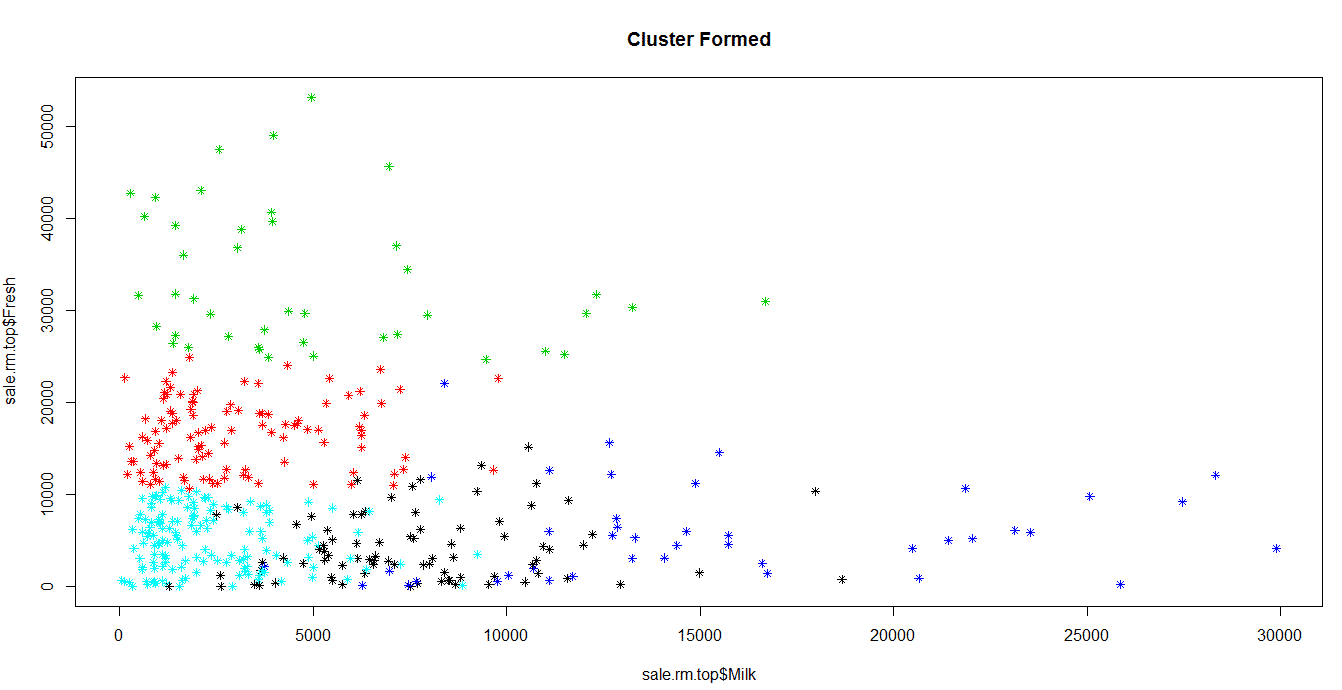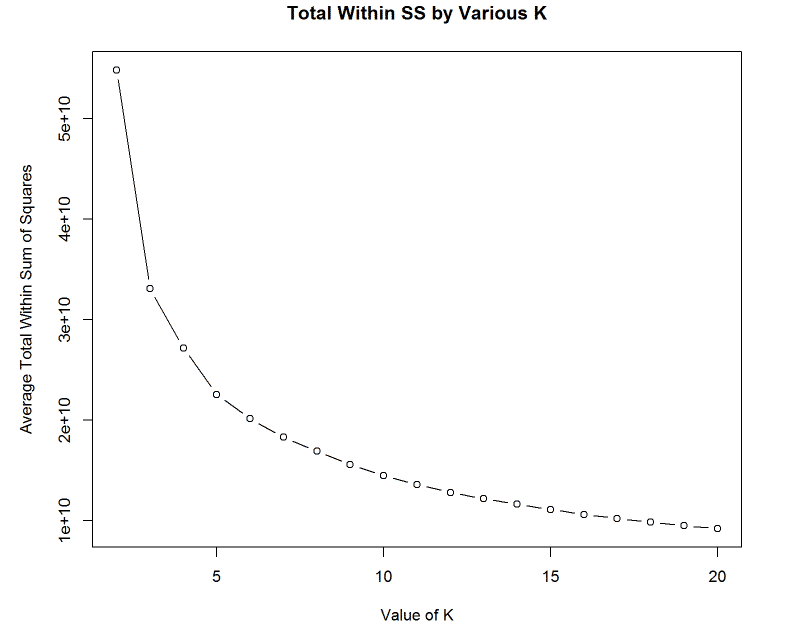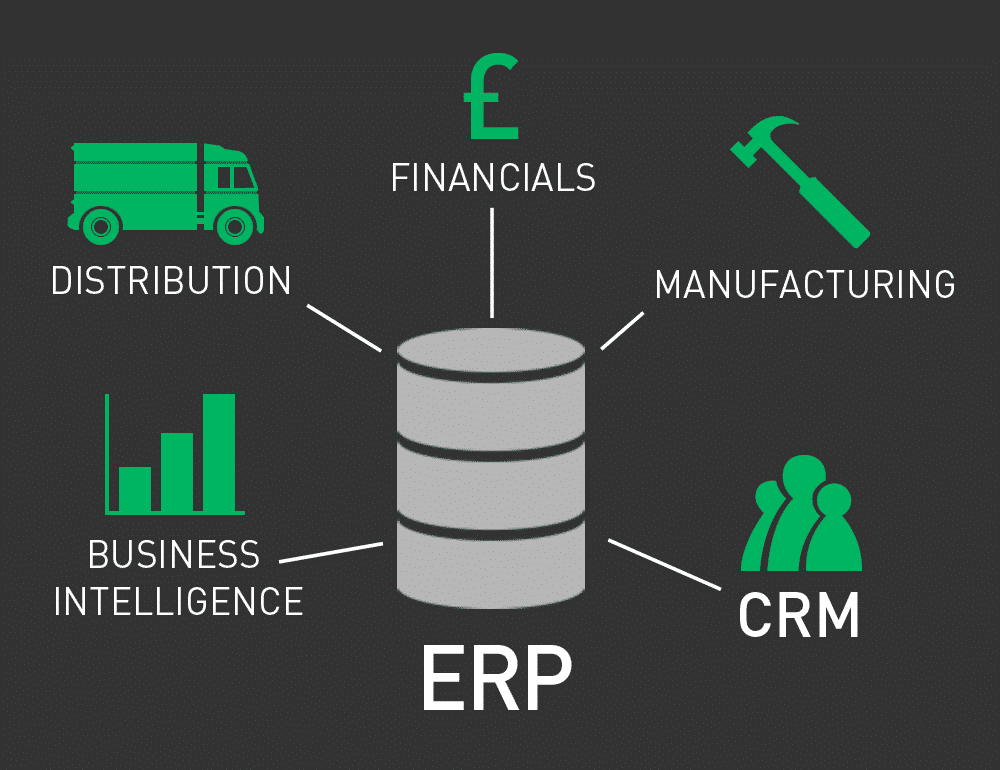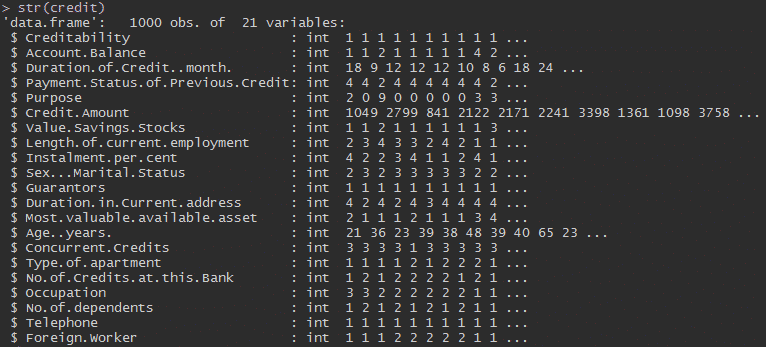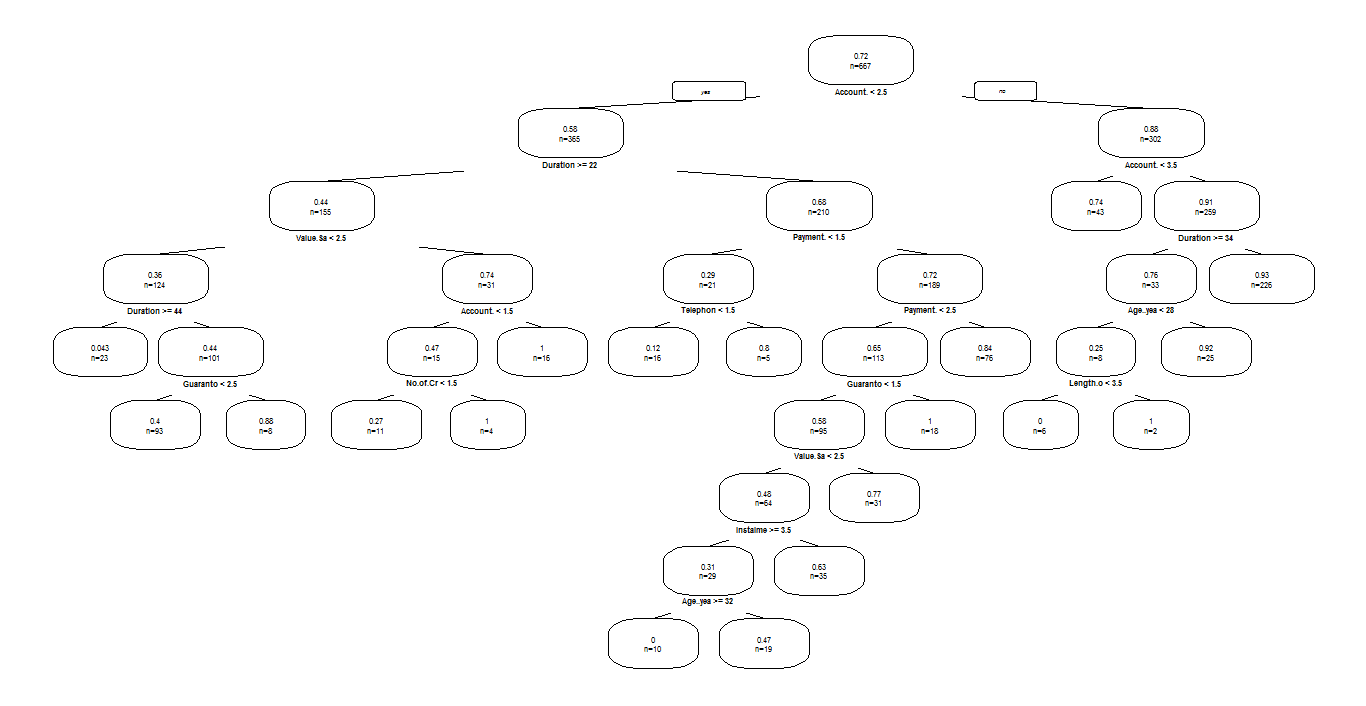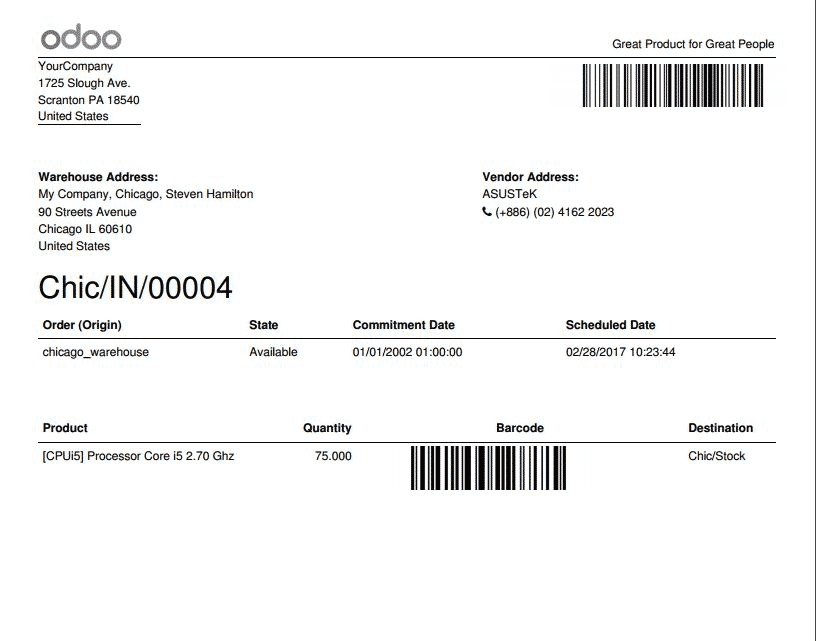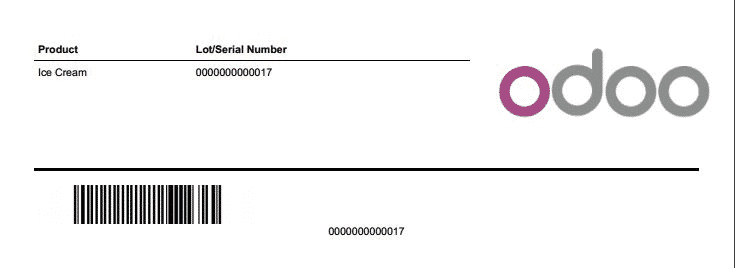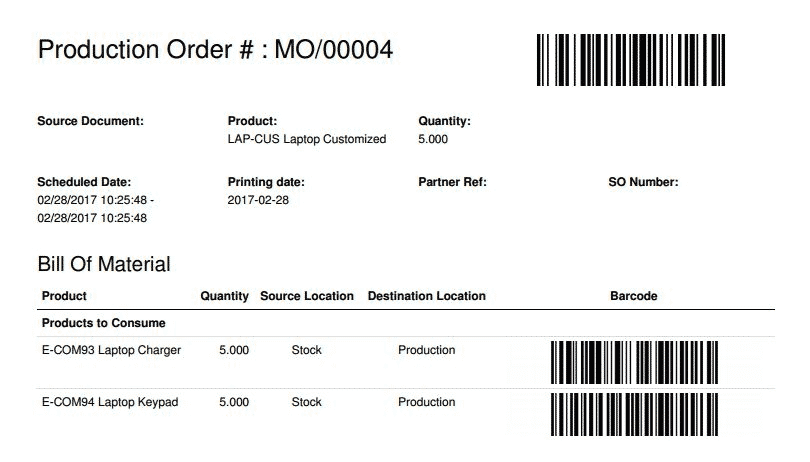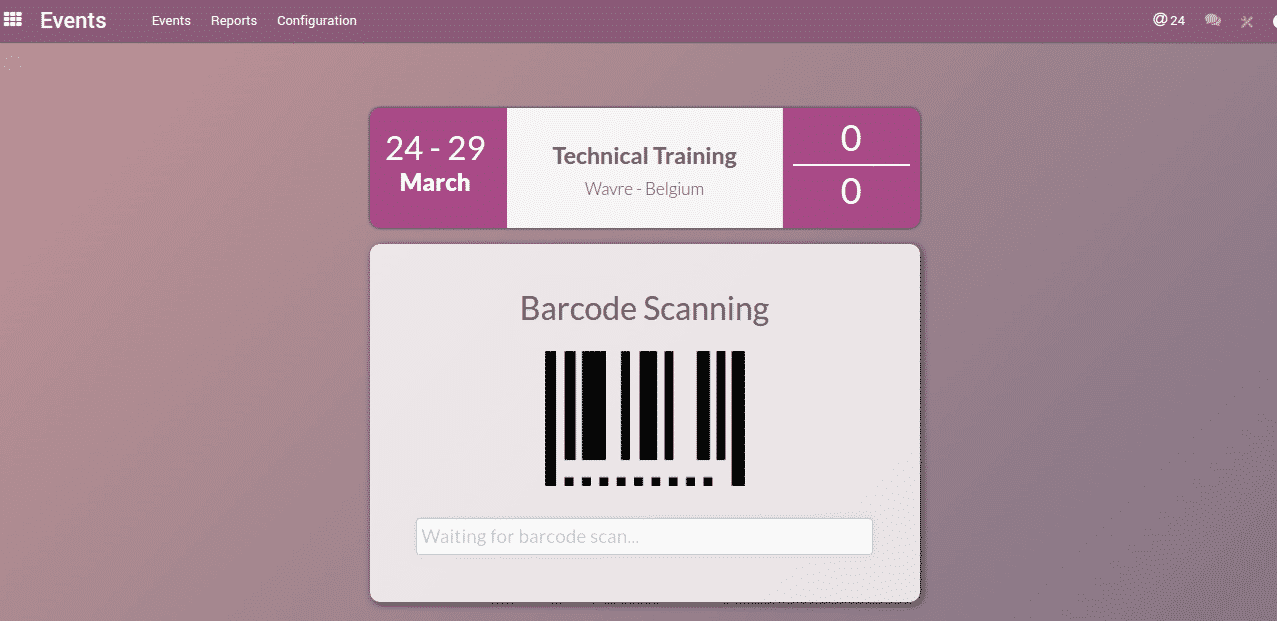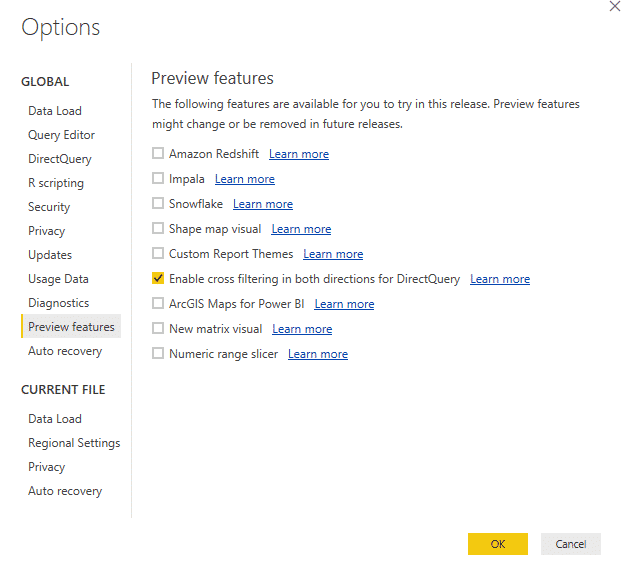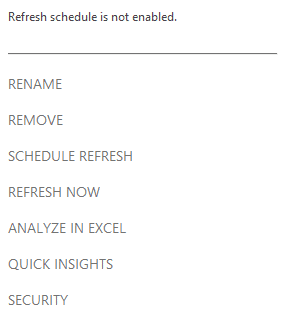Key signs that your E-Commerce business needs an ERP solution – Integrate Your Ecommerce and ERP Software
In this era of high-end technologies where people want everything at their fingertips, E-commerce has come to them as a boon as there are fewer efforts to put to buy/sell goods & services and more to get out of it. E-commerce has such a power where it lets the consumers and service providers forget the geographical boundaries and have an exchange of goods/services. Also, various organizations are trying to find more opportunities and woo their customers thereby creating a need to balance their organization to manage various departments keeping them on toes.But to balance them is a tedious task if there is no centralized system to manage all these departments and keep their efficiency to the maximum.
So at this point of time, an ERP Software comes to their rescue.Basically, an ERP software is a business process management software that allows an organization to avail a system which has various applications integrated into it to operate various divisions within a company at a centralized place. So in this manner, the manager’s at the various operational level don’t need to go crazy to coordinate with other departments as and when needed. Just within some clicks, they can get data they want.
So, when can an eCommerce organization identify that they have to implement an ERP software and what are the signs they need to keep an eye on are mentioned below:-
- The increase in inaccuracy:
While trying to manage multiple things in a department of an organization there are high chances for the resource to commit mistakes in the meanwhile which can prove harmful for them in near future. For eg: While creating multiple reports by the Accounts department, for the profit done for the previous fiscal year, he/she has to struggle getting reports from various departments and run behind them for the reports. But after an ERP is implemented all this becomes easy and they can find it under a single system.
- The increase in costings:
Managing multiple resources increase the load over finance.This can be controlled and can be well managed if an ERP system is implemented.With a single source of accurate and real-time information, the ERP software reduces administrative and operational costs. As and when an E-commerce vendor tries to expand his / her market over the limited boundaries to which he/she used to deal, it may be possible that they receive an overwhelming response which leads to increase in overall costings for the labour power, various types of machinery etc.This can be monitored well under an ERP system.
- The unmanageable variety of platforms:
Coordinating ERP programming with your eCommerce stores helps you with the single login or fledgling eye see on every one of the things going ahead with various stages, be it any famous E-commerce website, whatever other stores you get every one of the subtle elements by signing in one single ERP software. It likewise additionally helps you to judge the capacities of various stages with the reports.
- Warehouse issues:
ERP system coordinating with E-commerce vendor not simply just deals with the Order handling or transporting additionally helps you to streamline your business procedure by improving the productivity and disposing of the mistakes. The huge focal points of ERP system is that it is very much coordinated with the organization divisions, for example, stock, clients, accounting and so forth. In this manner when an item or request is put online an ERP enables it to give legitimate impacts where the requests need to reach at given point of time.
All these Signs explained above are some major ones which let us realize the fact that when the business dealing with E-commerce needs an ERP Software. Hope you like this blog stay tuned for more information.
You can reach us at sales@bistasolutions.com for any queries on ERP Solution. Also, you can write us through feedback@bistasolutions.com and tell us how this information has helped you.






